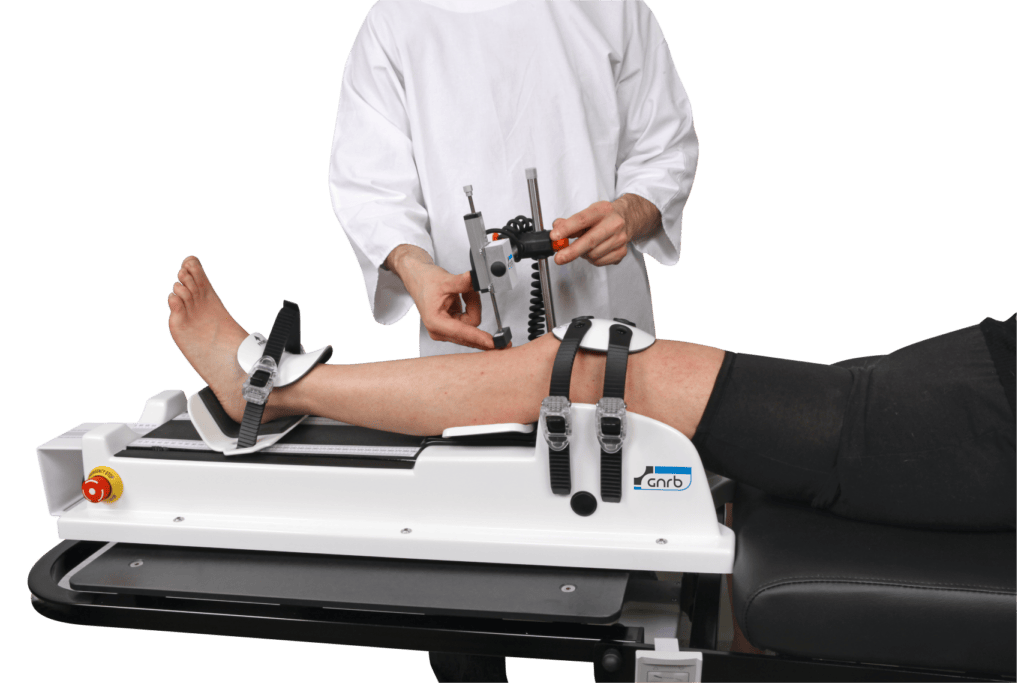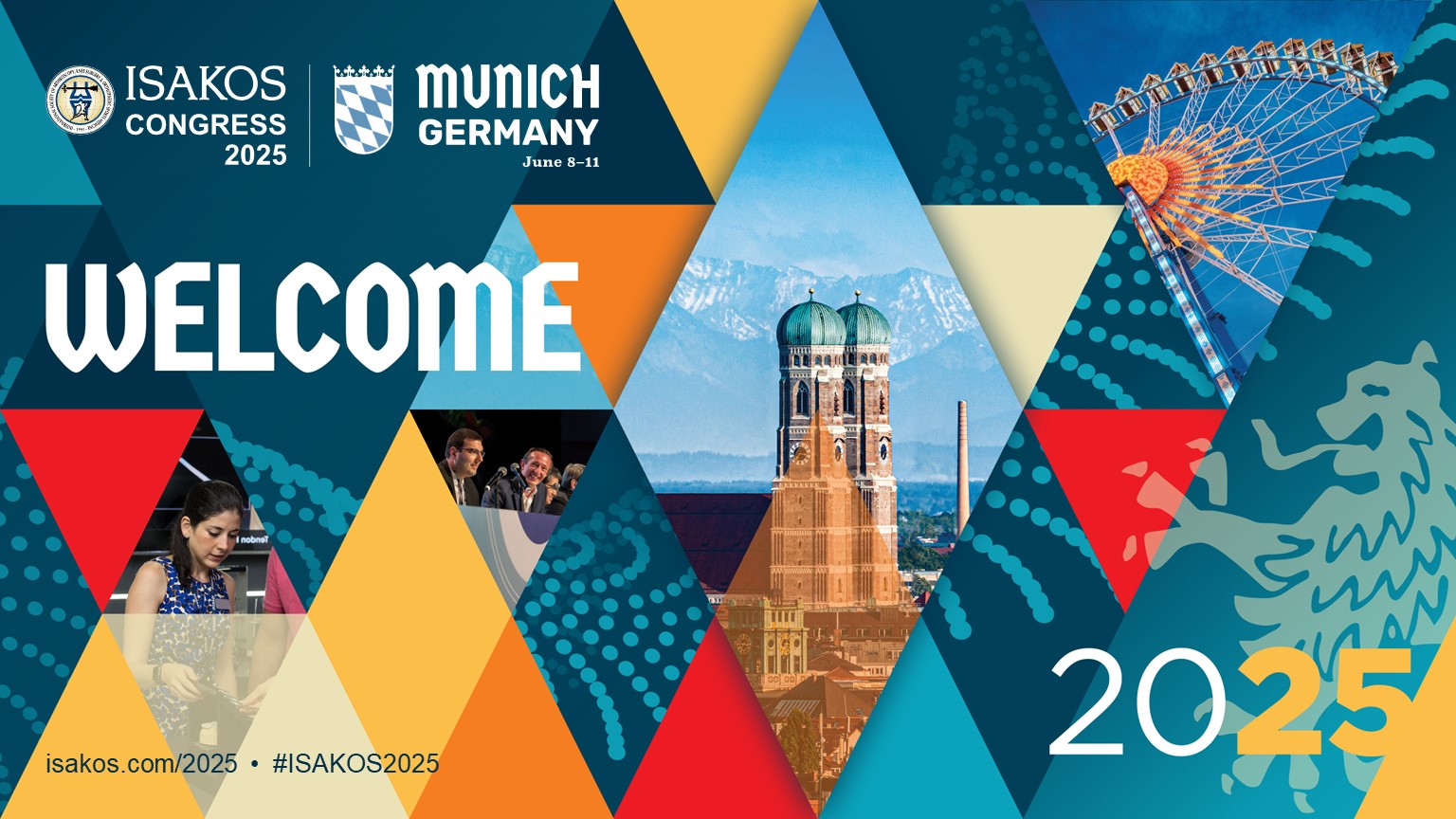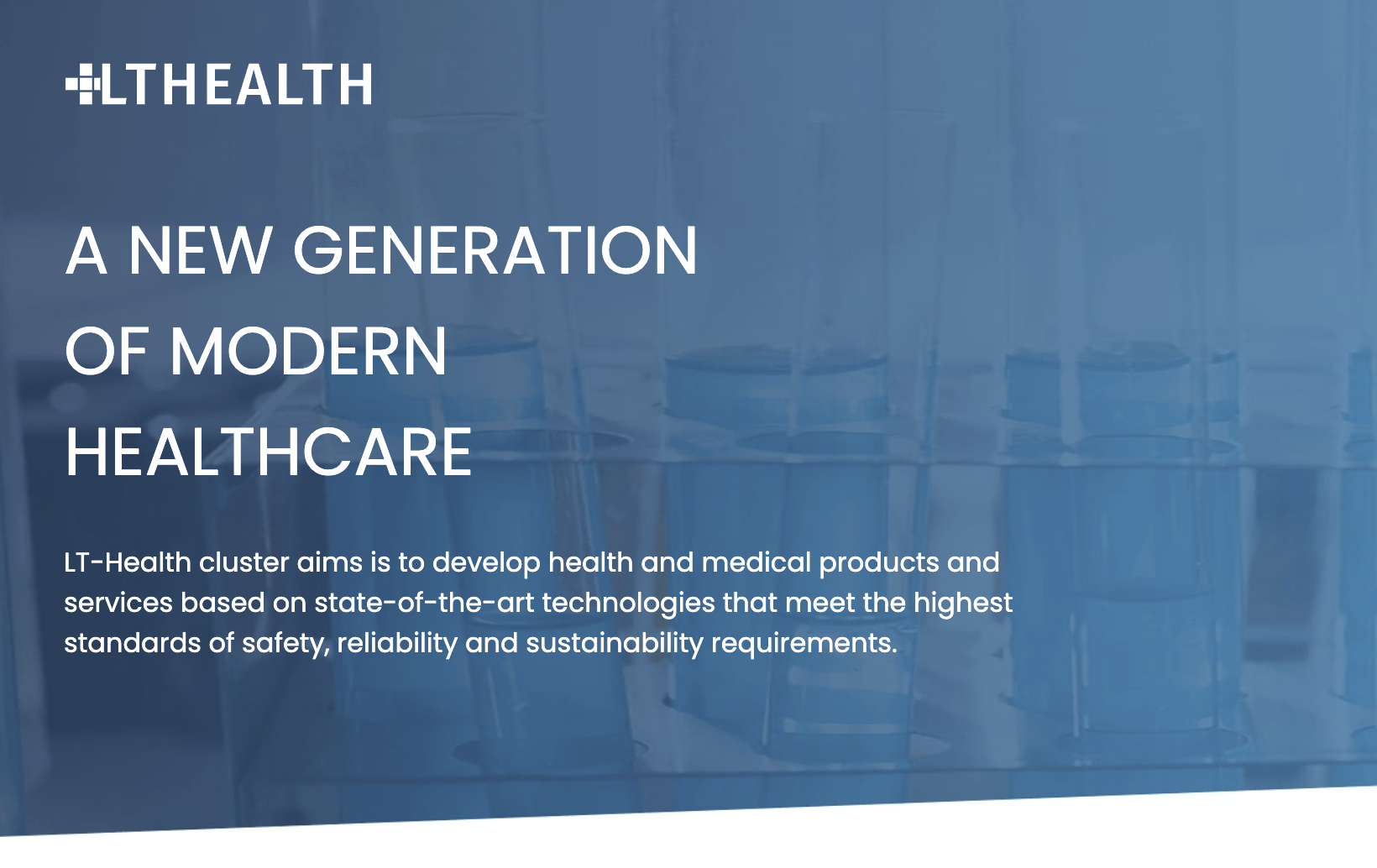The study conducted by Florie Frigout, Thomas Pouderoux, Caroline Vincelot-Chainard, and Henri Robert aims to assess whether lateral extra-articular tenodesis (LET) plays a role in controlling sagittal knee laxity in patients undergoing anterior cruciate ligament reconstruction (ACLR) using a short hamstring tendon graft. ACL injuries are prevalent, particularly among athletes, and while ACLR generally yields satisfactory outcomes, rotational instability remains a concern in up to 30% of cases. This residual instability is often attributed to associated lesions of the lateral structures, which have been identified as critical for knee stability.
DOI: 10.1016/j.otsr.2023.103656
Level of evidence: IV, retrospective study.
Study Design and Methods
This retrospective study was carried out at a single center by a single surgeon and involved 80 patients who underwent ACLR between January 2014 and December 2016. The patients were divided into two groups:
- Group 1 (n=43): Underwent isolated ACLR with a short hamstring tendon graft.
- Group 2 (n=37): Underwent ACLR with an additional LET.
Inclusion Criteria:
- Complete unilateral ACL tear
- Regular follow-ups for at least one year
Exclusion Criteria:
- Partial tears
- Multiligament injuries
- Contralateral ACL tears
- Revisions or retears
- Insufficient follow-up data
The main objective was to compare the side-to-side differences in knee laxity and compliance between the two groups. Measurements were taken using the GNRB® arthrometer at multiple intervals: preoperatively, and at 1, 3, 6, and 9 months postoperatively, as well as at 1 year and the last follow-up.
Results
The study found no significant differences between the two groups in terms of graft laxity and compliance at any measured time points. Key findings include:
- Sagittal Laxity and Compliance: Both groups showed a significant decrease in sagittal laxity (ΔL) and compliance (ΔC) from preoperative levels to the first month postoperatively. However, from the first to the ninth month, there was a slight increase in these parameters, which then stabilized after nine months.
- Intergroup Comparisons: There were no significant intergroup differences in the evolution profiles of ΔL and ΔC, suggesting that the addition of LET did not enhance sagittal stability post-ACLR.
Discussion
The primary function of the ACL is to control sagittal knee laxity. The findings of this study do not support the hypothesis that LET contributes to improved sagittal stability in ACLR with a short hamstring tendon graft. The results align with existing biomechanical studies indicating that the ACL is the primary sagittal restraint, while the anterolateral structures, including LET, provide minimal additional sagittal support.
Several studies have demonstrated that the fascia lata acts as a secondary restraint in knee stability, and performing LET may lead to over-constraint in the lateral compartment, potentially causing early onset of osteoarthritis and abnormal knee kinematics.
Clinical Implications:
- Sagittal Control: The study emphasizes that sagittal control remains the primary function of ACL. LET does not improve sagittal postoperative laxity, indicating that the decision to perform LET should be based on rotational instability concerns rather than sagittal stability.
- Protective Role of LET: While LET does not directly enhance sagittal stability, it may have a protective role during the ligamentization process by reducing strain on the ACL graft if the anterolateral structures fail to heal properly. This protective function is especially relevant in cases with high functional demand or severe pivot shifts.
Conclusion
The retrospective study conducted by Florie Frigout et al. concludes that adding LET to short hamstring tendon graft ACLR does not improve graft laxity or compliance in controlling sagittal knee laxity. These findings are crucial for orthopedic surgeons when considering additional procedures during ACLR, particularly for patients with high-grade rotational instability.
Reference
Frigout, F., Pouderoux, T., Vincelot-Chainard, C., & Robert, H. (2024). Do lateral extra-articular tenodeses play a role in the control of sagittal knee laxity in short hamstring tendon graft ACL reconstruction? A retrospective study of 80 cases with and without tenodesis. Orthopaedics & Traumatology: Surgery & Research. DOI: 10.1016/j.otsr.2023.103656








